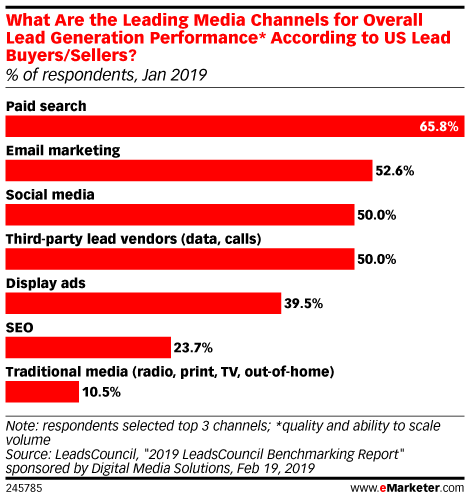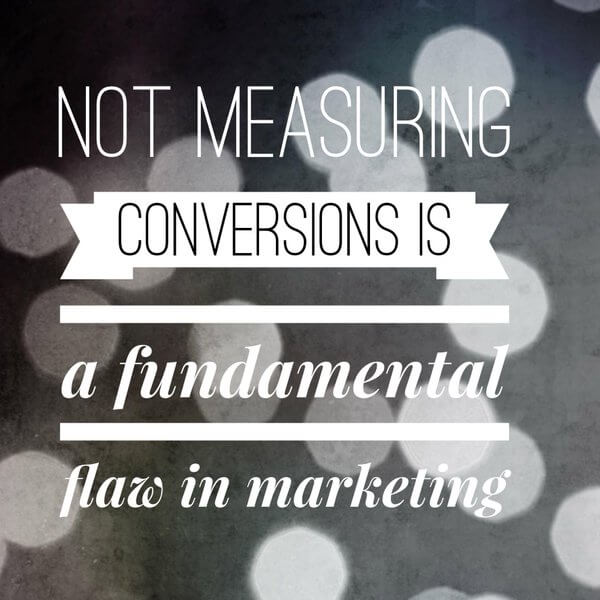Estimated reading time: 3 minutes
Alright, I’m going to cut to the chase. Not measuring conversions is a fundamental flaw in marketing analysis. It does not matter if you are a company of one employee or 1 million, it’s extremely important that you measure how your conversions are performing. This metric is absent in a lot of organizations, especially small-to-medium businesses (SMB). Up until this point you may have been doing it your own way without measuring conversion rates, the Jack Butler Method, but then again you would be doing it wrong.
“Don’t tell me I’m doing it wrong, I know how to do this.”
Let’s take a basic review of what a conversion is. An example of a conversion that you could measure is someone filling out a form or downloading an asset (e.g. mobile app, whitepaper, ebook,etc).
Small-to-Medium (SMB) businesses are missing out on one of the most important metrics, key performance indicators (KPI) conversions. Is it a lack of resources? A misunderstanding of how important it is to measure conversions? Not sure.
“This is what I tell all my new mommies, we enter from the north and exit to the south.”
Well, you may not be new to digital marketing, but if you are new to the marketing field or just relatively inexperienced that’s ok. There are metrics that you should be observing on a daily basis to help you get more conversions or leads. If you’re new to this, let me help you. There is no need to do it the Jack Butler Method.
Now that I’ve covered a basic understanding of what a conversion is, let’s take it a deeper dive and look at Neil Patel’s most important conversion metrics you should be tracking. Once the user has converted you should also learn more about the path that led to the conversion. Tracking and understanding the user’s behavioral path will provide great insight into what is working and what is not working with your marketing.
Important Conversion Metrics
- Traffic Sources
- New/Unique Visitor conversion
- Return Visitor Conversion
- Interactions Per Visit
- Value Per Visit
- Cost Per Conversion
- Bounce Rate
- Exit Pages
All of the metrics list above can be viewed using Google Analytics
Once the basis of conversion tracking and measuring is established, the next step is to look over the sources that led to conversions and see what source had the highest conversion rate. LeadsCouncil conducted a survey where respondants were asked to name their Top 3 channels for lead generationand reported by eMarketer.

The overwhelming channel was paid search (PPC) with a 65.8%. In second was email marketing, followed by social media.
These results may vary from yours; however, the key takeaways are to always track your conversations and sources, and invest in the channels that are generating you leads. Over time you will slowly begin to recognize patterns and trends, and then develop your marketing strategy around these trends.
There are many tracking tools available. If you haven’t already, I strongly recommend you begin with Google Analytics. It’s free and the quality of service ranks high. In order to make better and smarter marketing decisions you should become well-versed in Google Analytics. Google Analytics Academy is a free service and great place to start for beginners or advance your knowledge for Power Users. This will help you immensely feel more comfortable and make more strategic decisions based on data..
Have you overlooked measuring conversions for your website? How important are conversion rates to your company?
Let’s get a conversation going…leave a comment below.
Recommended articles you may enjoy:

